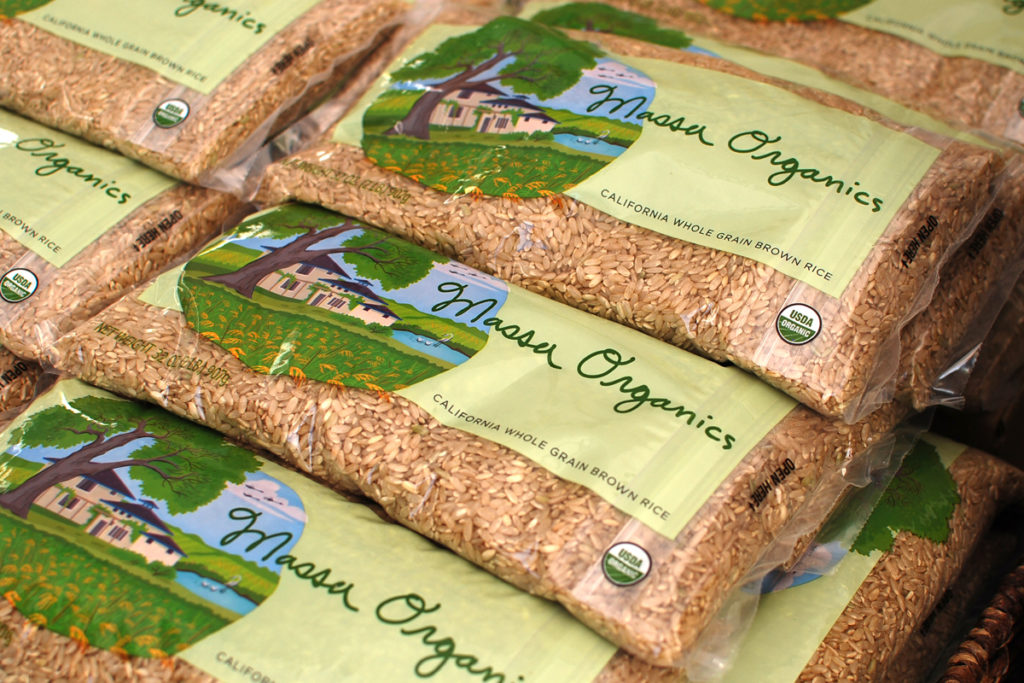Brown rice

Brown rice is a nutrient-dense, unmilled alternative to white rice. The husk, bran, and germ are removed from white rice in a process called milling. This extends the shelf-life of the rice, however, about 77% of the vitamins and minerals are removed in the milling process.
Brown rice has a mildly nutty flavor and is chewier than white rice. It is also is a good source of protein, good fats, fiber, vitamin E, B complex vitamins, and complex starch. Only the husk is removed in brown rice, which does not result in nutrient loss. Because the bran and germ contain fats that spoil over time, brown rice has a shelf-life of six months and should be stored in an airtight container in a cool, dark place.
Soaking rice for several hours activates various enzymes and improves absorption of the vitamins and minerals. First, rinse the rice under cool water until the water runs clear to remove any dirt and impurities. To cook the rice, add 1 part rice to 2¼ parts of boiling liquid. After the liquid returns to a boil, turn the heat to low, cover tightly, and cook for 40 to 50 minutes. For more flavorful rice, add sea salt, ghee, butter, or olive oil while the rice is cooking. Alternatively, you can use vegetable or meat broth instead of water for added flavor.
